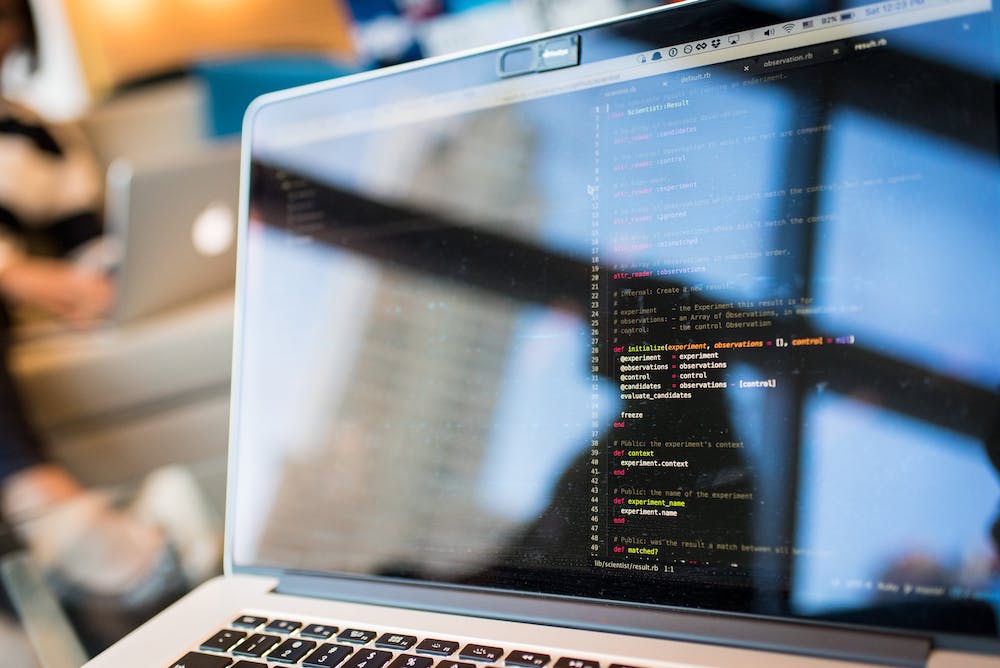
computer architecture is a complex and fascinating field that involves the design and organization of computer systems. At the heart of computer architecture is program control, which governs the flow of instructions and data within a computer system. In this article, we will explore the world of program control in computer architecture, covering everything from the basics to advanced concepts.
Understanding Program Control
Program control refers to the mechanism by which a computer system executes instructions in a sequential order. This involves various components of the system, including the central processing unit (CPU), memory, and input/output devices. Program control is crucial for ensuring that instructions are executed in the correct order and that data is transferred between different components of the system efficiently.
Components of Program Control
There are several components of program control in computer architecture, each playing a crucial role in the execution of instructions. These components include:
- Instruction Set Architecture (ISA): The ISA defines the set of instructions that a CPU can execute. IT includes the opcode, which specifies the operation to be performed, and the operands, which are the data on which the operation is to be performed.
- Control Unit: The control unit is responsible for fetching instructions from memory, decoding them, and executing them. It ensures that instructions are executed in the correct order and that data is transferred between different components of the system as needed.
- Program Counter (PC): The program counter is a special register that keeps track of the address of the next instruction to be executed. It is updated after each instruction is executed, ensuring that the CPU knows where to fetch the next instruction from.
- Branching and Jumping: Branching and jumping instructions allow the CPU to change the flow of execution based on certain conditions. This is essential for implementing conditional statements and loops in programs.
Types of Program Control
Program control can be categorized into two main types: sequential and non-sequential. Sequential program control involves executing instructions in the order in which they appear in the program, while non-sequential program control involves changing the flow of execution based on certain conditions.
Sequential Program Control
Sequential program control is the simplest form of program control, where instructions are executed one after the other in the order in which they appear in the program. This type of control is used for executing straight-line code, where there are no branches or jumps in the flow of execution.
Non-Sequential Program Control
Non-sequential program control involves branching and jumping instructions that allow the CPU to change the flow of execution based on certain conditions. This type of control is essential for implementing conditional statements (e.g., if-else) and loops (e.g., for, while) in programs.
Challenges in Program Control
Program control in computer architecture comes with several challenges, including:
- Handling Dependencies: Dependencies between instructions can impact the flow of execution and introduce delays. Efficient handling of dependencies is crucial for optimizing program control.
- Reducing Branch Mispredictions: Branch mispredictions occur when the CPU incorrectly predicts the outcome of a branching instruction, leading to a waste of resources. Techniques such as branch prediction are used to reduce the impact of branch mispredictions.
- Minimizing Control Hazards: Control hazards occur when there is a conflict in the flow of execution, leading to inefficient use of resources. Minimizing control hazards is essential for improving the overall performance of the system.
Advanced Concepts in Program Control
Advanced concepts in program control include:
- Pipeline Processing: Pipeline processing involves breaking down the execution of instructions into multiple stages, allowing for parallel execution of instructions.
- Superscalar Processing: Superscalar processing involves the simultaneous execution of multiple instructions, taking advantage of instruction-level parallelism.
- Speculative Execution: Speculative execution involves predicting the outcome of an instruction before it is known, allowing for the execution of subsequent instructions to proceed without waiting for the outcome of the predicted instruction.
The Future of Program Control
The field of program control is constantly evolving, with advancements in computer architecture leading to new techniques and technologies for implementing program control. Some of the future developments in program control include:
- Hardware Acceleration: Utilizing specialized hardware for accelerating program control operations, such as branch prediction and speculative execution.
- Intelligent Control Units: Implementing intelligent control units that can adapt to the behavior of programs and optimize the flow of execution dynamically.
- Integrated Memory-Compute Architectures: Integrating memory and compute resources to reduce the latency of data transfers and improve program control efficiency.
Conclusion
Program control is a fundamental aspect of computer architecture, governing the flow of instructions and data within a computer system. Understanding program control is crucial for designing and optimizing computer systems for performance and efficiency. As we continue to push the boundaries of computer architecture, new techniques and technologies for program control will emerge, providing exciting opportunities for improving the performance and capabilities of computing systems.
FAQs
What is program control in computer architecture?
Program control in computer architecture refers to the mechanism by which a computer system executes instructions in a sequential order, ensuring the correct flow of data and operations.
What are the components of program control?
The components of program control include the Instruction Set Architecture (ISA), control unit, program counter, and branching and jumping instructions.
What are the challenges in program control?
Challenges in program control include handling dependencies, reducing branch mispredictions, and minimizing control hazards.
What are some advanced concepts in program control?
Advanced concepts in program control include pipeline processing, superscalar processing, and speculative execution.
What is the future of program control?
The future of program control includes developments in hardware acceleration, intelligent control units, and integrated memory-compute architectures.





